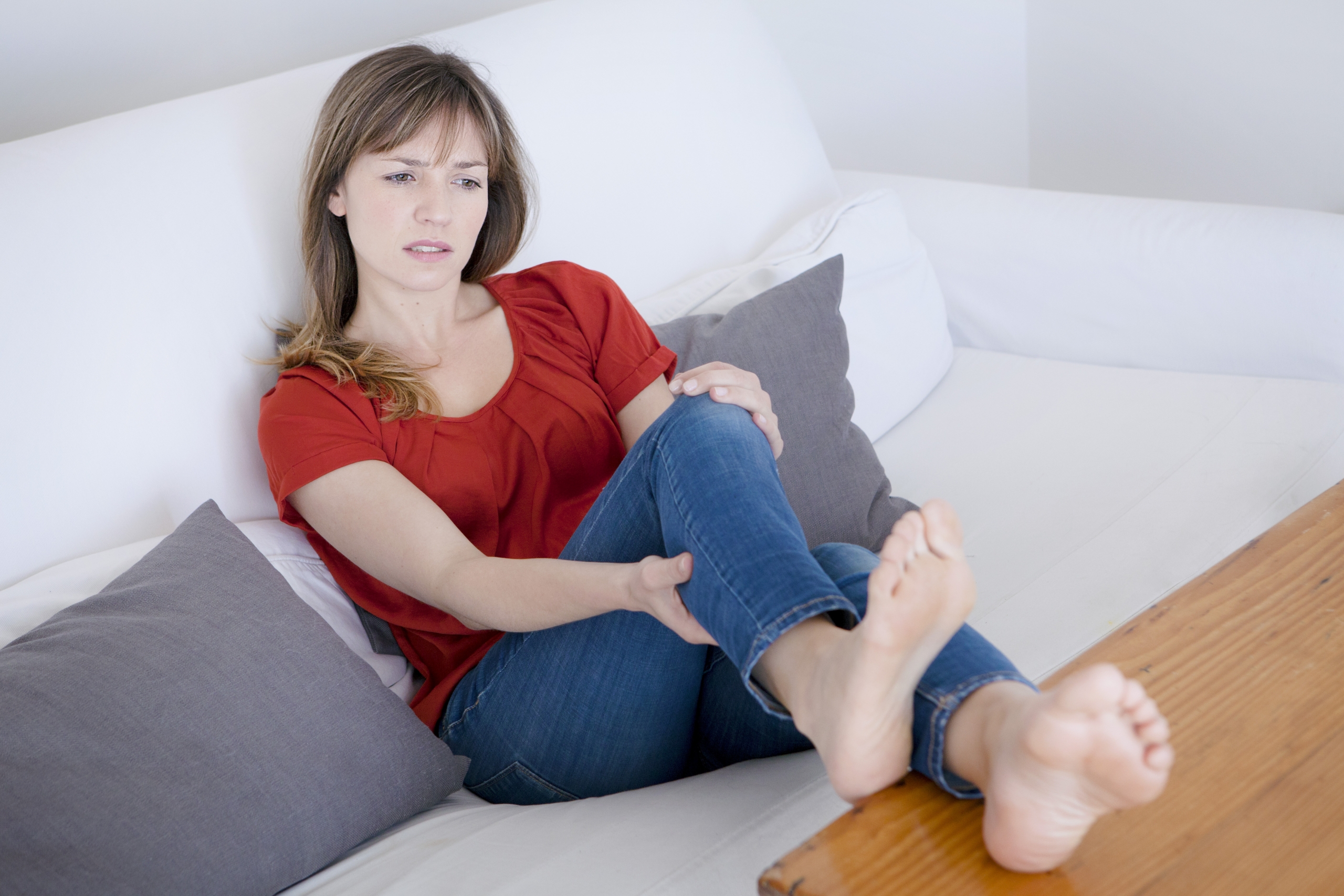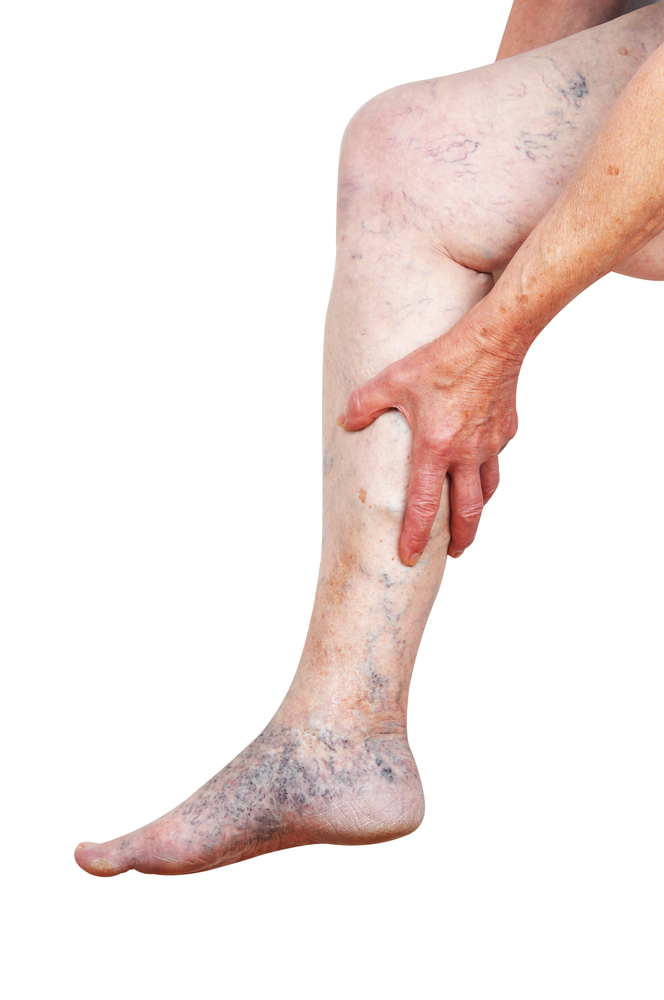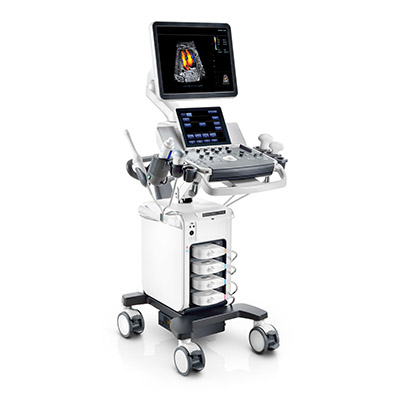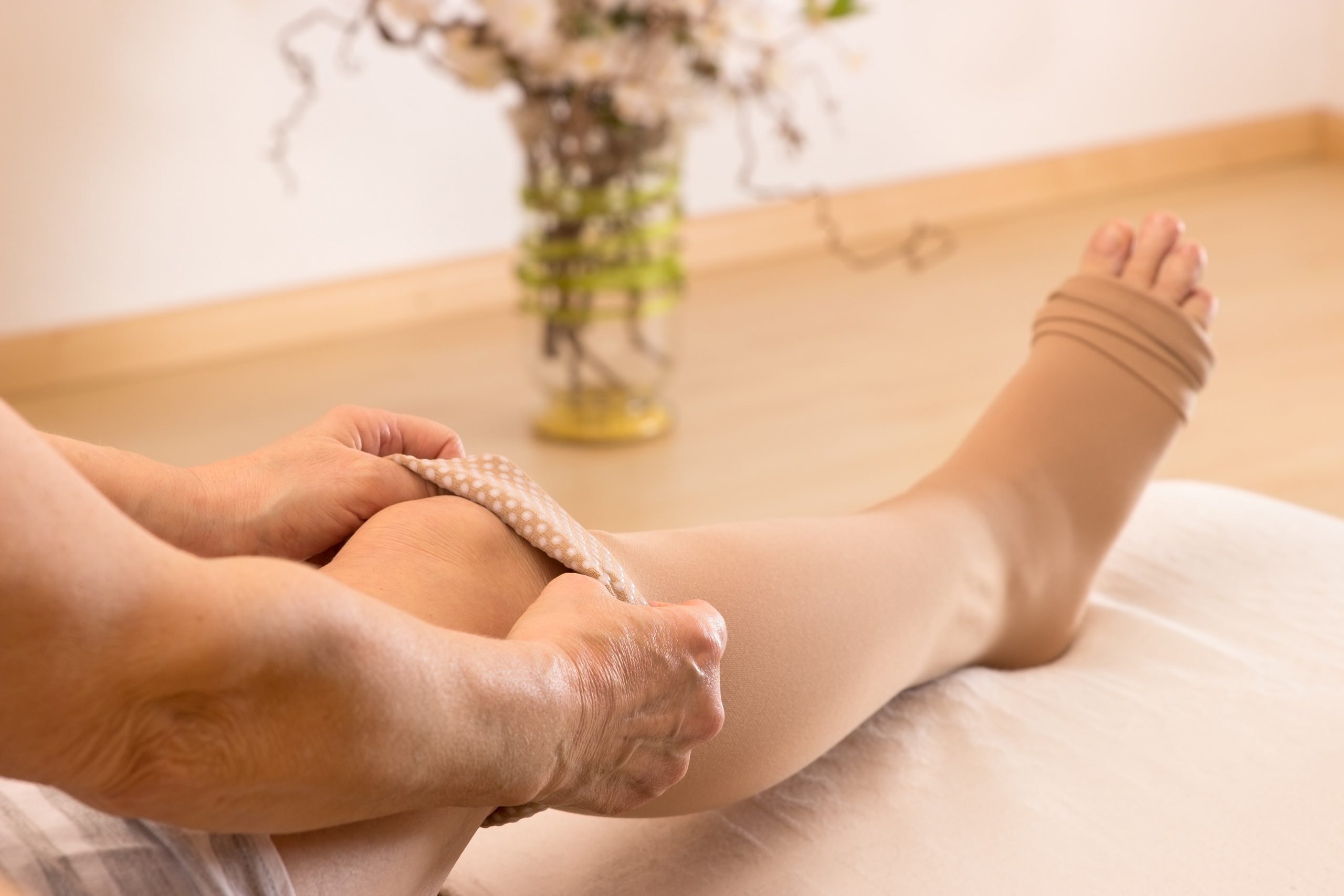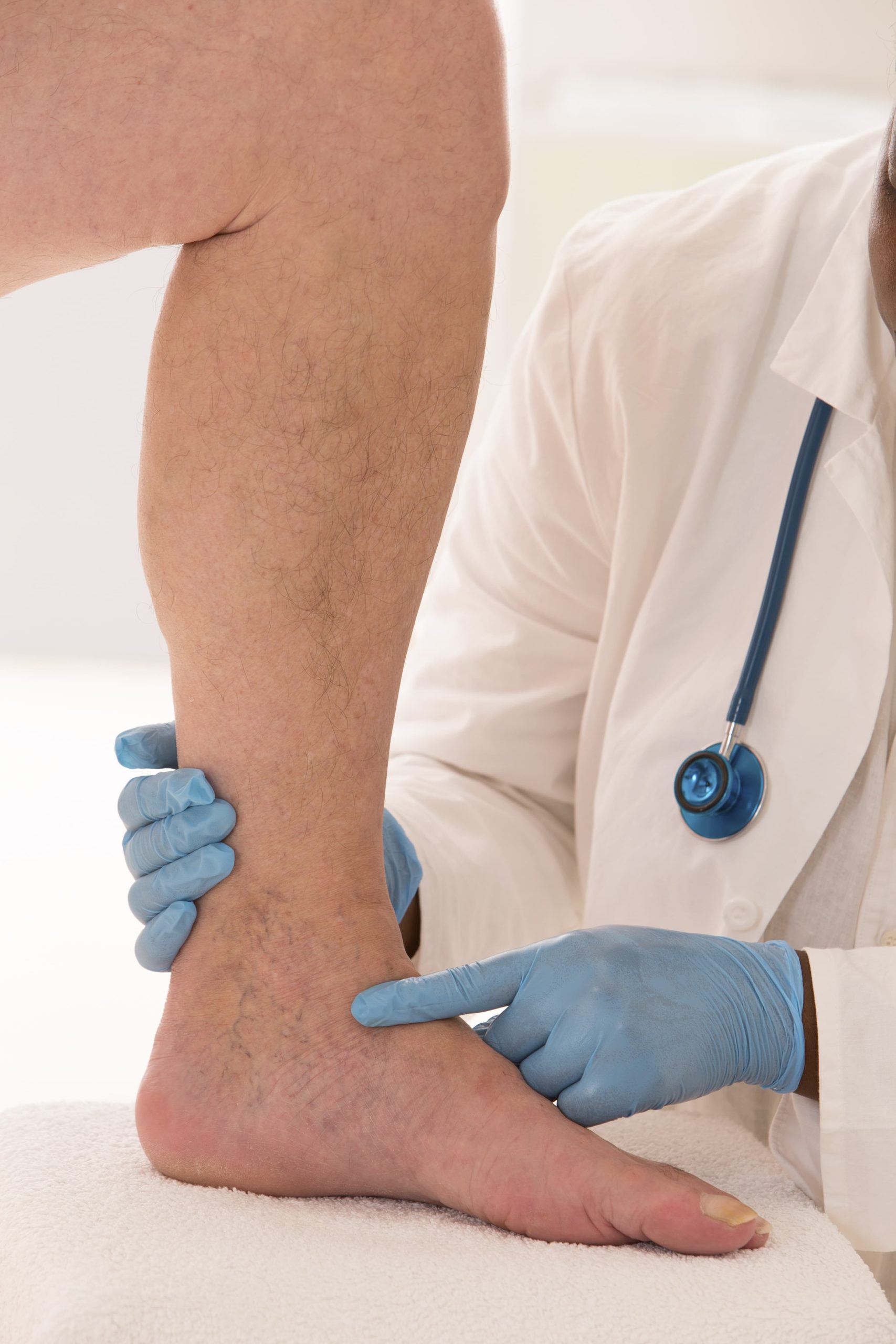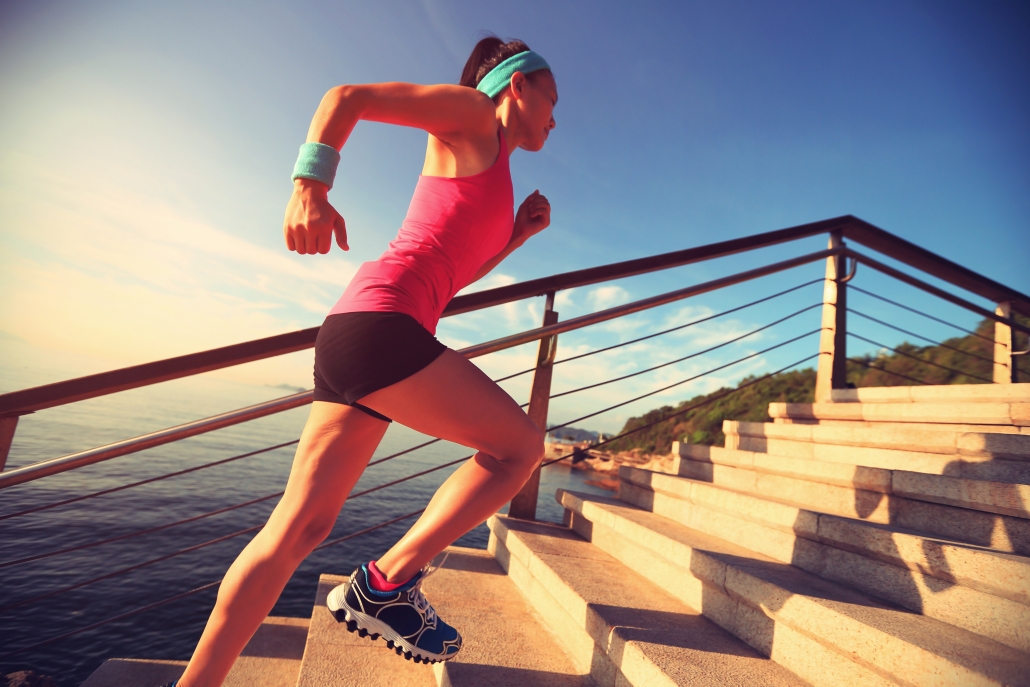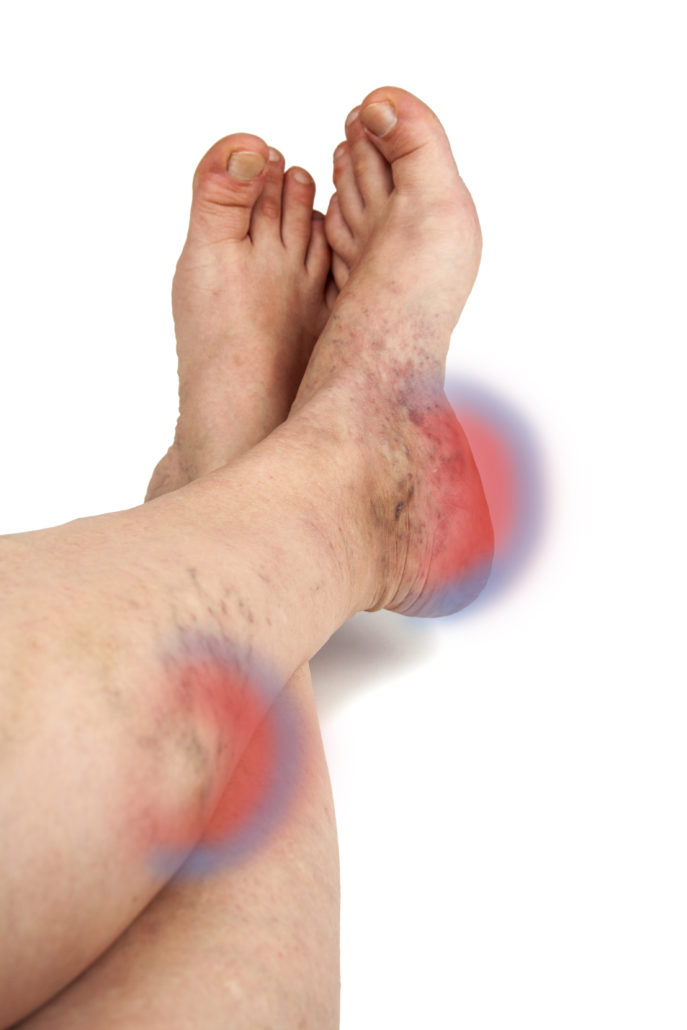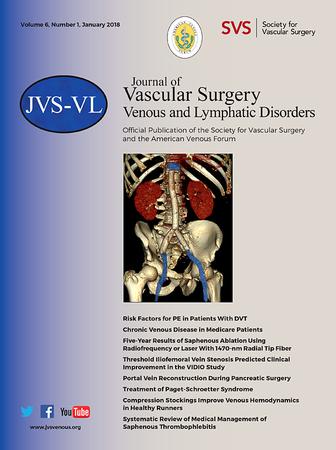Why Leg Pain Worsens with Menstruation
Nisha Bunke2025-09-04T12:07:27-07:00Leg pain from varicose veins tends to worsen just before menstruation.
Many women who suffer from varicose veins or venous reflux disease (without any visible signs of disease) commonly experience increased leg discomfort, leg fatigue and swelling prior to menstruation. The reason for this is the hormone progesterone. Progesterone rises about a week before menstruation. […]

